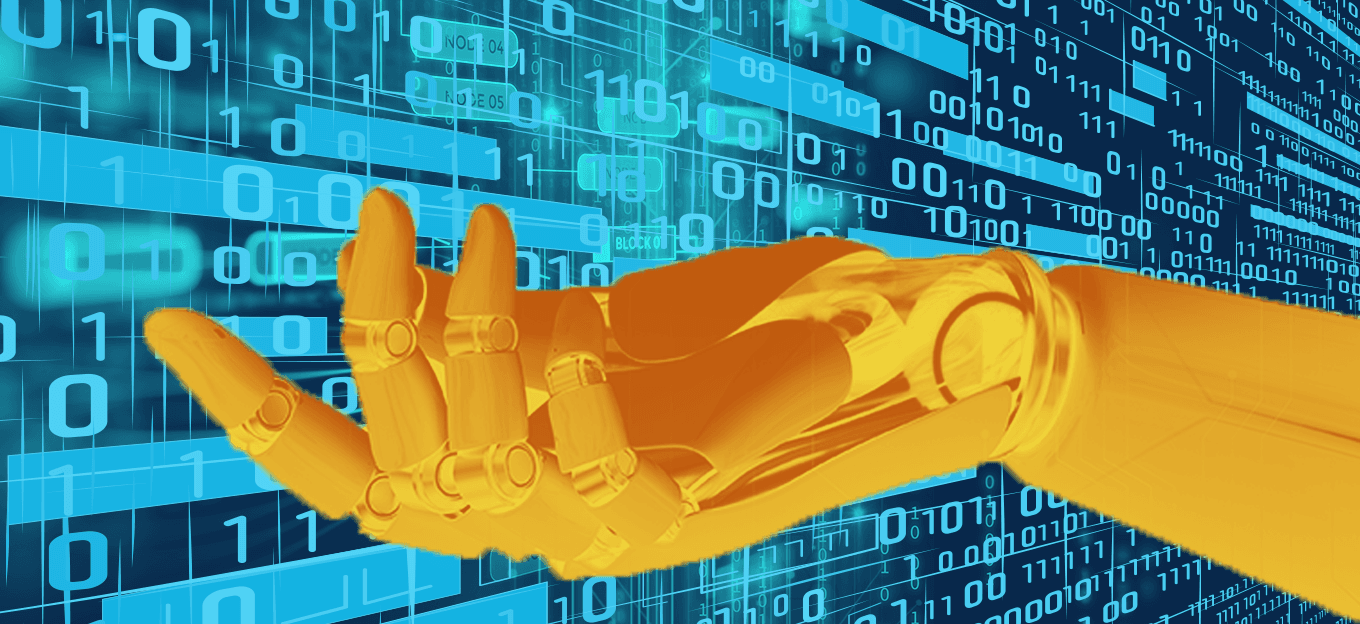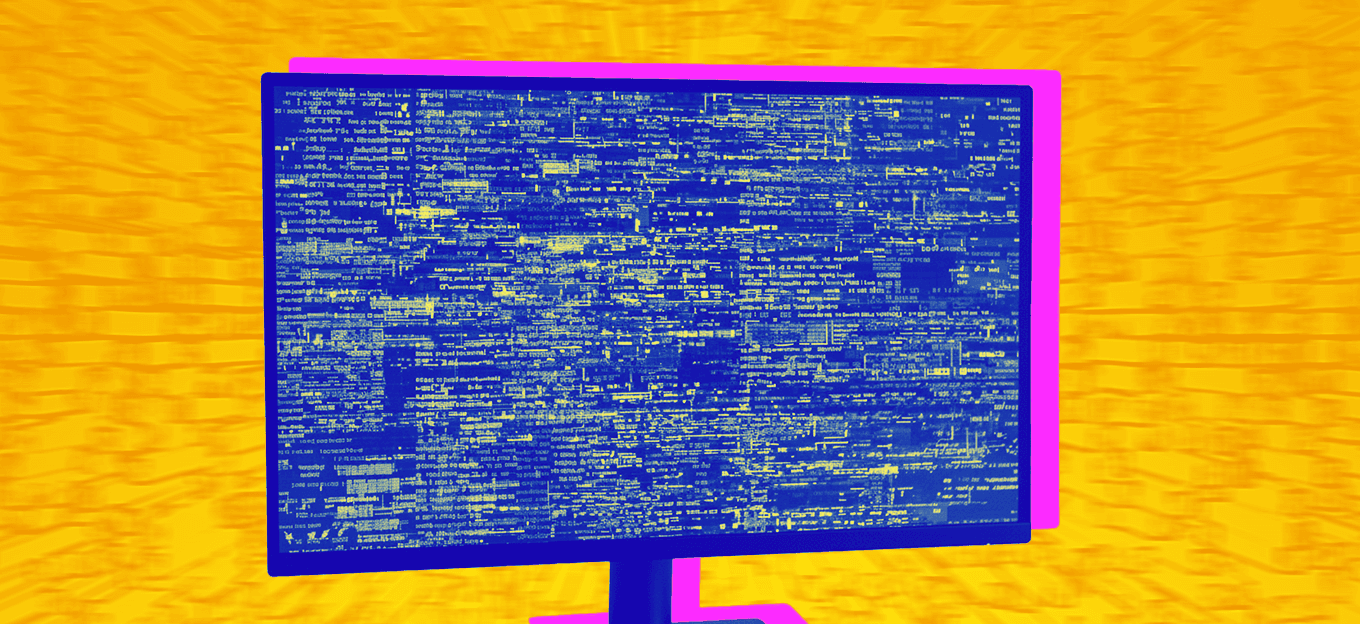Beyond Buzzwords: How IoT, Big Data, and Machine Learning are Transforming Businesses
Beyond Buzzwords: How IoT, Big Data, and Machine Learning are Transforming Businesses
- Last Updated: December 2, 2024
IoT.nxt
- Last Updated: December 2, 2024



The convergence of the Internet of Things (IoT), Big Data, and Machine Learning is changing the way businesses operate. And it’s just starting. As the vaunted Fourth Industrial Revolution gains momentum, businesses need to take proactive steps to integrate advanced technologies into their operations to remain relevant, competitive, and successful. A survey conducted by Deloitte, The Internet of Things: Navigating the Complex IoT Ecosystem, found that 70 percent of surveyed companies have already started implementing IoT technologies, and 88 percent plan to do so in the next year. Indicative of the significance and growing interest and dependency on such technology and its potential to transform business operations.
According to a report by International Data Corporation (IDC), the global data sphere – the total amount of data created, captured, and replicated – is expected to reach 175 zettabytes (ZB) by 2025, up from 33 ZB in 2018. This massive amount of data is largely due to the increasing use of IoT devices, which generate vast amounts of data that traditional data processing methods cannot handle.
For business executives and teams dealing with data, it feels like drinking from a firehose. Humans are inundated with massive amounts of data coming at them at once, making it nearly impossible to process and analyze it all.
With the smart implementation of IoT and Machine Learning, businesses can capture and channel that data flow into manageable streams, enabling them to extract valuable insights and make informed decisions. The seamless integration of these three technologies is creating new opportunities for businesses to enhance their efficiency, reduce costs, and gain valuable insights into their operations.
"With the smart implementation of IoT and Machine Learning, businesses can capture and channel that data flow into manageable streams, enabling them to extract valuable insights and make informed decisions."
-IoT.nxt
3 Reasons IoT, Big Data, and Machine Learning Help Businesses
#1: Real-Time, Pro-Active Insights
IoT devices generate vast amounts of data, which when combined with Big Data analytics and Machine Learning algorithms, can provide real-time insights into various business operations. This can help businesses to make informed decisions quickly and effectively. It means operators do not need to wait for events like breakdowns or overspending to happen as sensors and algorithms are picking up trends to help sort out signals from noise.
#2: Improved Operational Efficiency
By leveraging IoT, Big Data, and Machine Learning, businesses can improve their operational efficiency by optimizing processes, reducing downtime, and minimizing waste. This is through marrying system and operational data, along with productivity benchmarks that ensure only the essential resources are used to produce an item, and that no unnecessary waste such as energy is expended in a process aligned to actual cost or production numbers.
#3: Enhanced Employee and Customer Experiences
The insights gained through the integration of these technologies can also help businesses to personalize employee and customer experiences, resulting in increased customer satisfaction and loyalty. How, through giving people impactful actions to address, and helping customers diagnose issues before they occur.
3 Use Cases of IoT, Big Data, and Machine Learning
#1: Smart Buildings
IoT is being used to collect data on a building’s energy usage, occupancy levels, and environmental factors like temperature and humidity (largely for air quality monitoring). This data can then be analyzed using Big Data and Machine Learning algorithms to optimize energy efficiency, predict maintenance needs, and improve occupant comfort and safety.
Leading property developers are deploying IoT-enabled building management tools that use ML to analyze data from sensors and adjust building systems in real-time to reduce energy waste, such as automatically adjusting temperature and lighting settings based on occupancy levels.
Such solutions predict maintenance needs and schedule repairs before equipment failures occur, minimizing downtime and reducing maintenance costs. These also facilitate the ESG mandate for such entities, relying on data to drive their governance procedures rather than rudimentary and reactive measures.
#2: Telcos
IoT sensors can be used to monitor network performance, detect faults, security breaches, utility over-allocations, pilfering, and prediction of equipment failures. Data is processed using Big Data and Machine Learning algorithms to improve network reliability and reduce downtime. Leading Telcos are using ML to analyze data from network assets to predict equipment failures before they occur, reducing downtime and improving network performance.
Such systems identify patterns and anomalies in the network or asset data to predict potential equipment failures, enabling the provider to schedule repairs before they become major problems. By using IoT, Big Data, and Machine Learning technologies, telecom companies can improve network performance, reduce downtime, and provide better service to their customers.
Energy savings are also paramount, and the balance of on and off-grid energy mix and sourcing is also becoming a critical measure where such technology is helping.
#3: Mining
Sensors are being used to monitor equipment performance, track ore grades, and improve safety. Data can be analyzed using Big Data and Machine Learning algorithms to optimize production, reduce downtime, and improve worker safety – at the same time. Innovative mining companies are using IoT sensors to collect data on equipment performance which use ML to predict equipment failures.
By detecting equipment issues before they become critical, downtime and improve safety for workers are reduced. ML algorithms to optimize production by predicting ore grades and adjusting mining processes accordingly are also extended. By using IoT, Big Data, and Machine Learning technologies, mining companies can improve safety, increase efficiency, and reduce costs.
Stay Ahead of the Curve
Invest intelligently in IoT infrastructure:
- Prioritize scalability and flexibility when selecting IoT infrastructure to accommodate future growth and changing business needs.
- Choose vendors with experience and expertise in the industry and who offer reliable, secure, and user-friendly solutions.
- Focus on interoperability to ensure compatibility between devices and systems and to avoid vendor lock-in.
Bake in cybersecurity:
- Implement robust security measures, including encryption, access controls, and regular vulnerability assessments, to protect against potential threats and data breaches from the field to core systems and data stores.
- Regularly monitor and update IoT devices and software to ensure they are secure and up-to-date ensuring security teams think of hardware and software security on all attack vectors.
- Develop an incident response plan in the event of a security breach to minimize damage and quickly respond to the situation.
Build data analytics capabilities:
- Develop a data-driven culture within the organization by establishing clear data ownership, governance, and policies supported by strong business cases, use cases, and executive steer and guidance.
- Invest in training and hiring data experts, including data scientists and analysts; couple them with operation subject matter experts, to collect, process, and analyze data generated by IoT devices and systems effectively and accurately.
- Leverage analytics platforms that can handle the high volumes of data generated by IoT devices and provide real-time insights with cutting-edge ML processing capacity; scalability and flexibility are key in an ambiguous and ever-changing world.
The Most Comprehensive IoT Newsletter for Enterprises
Showcasing the highest-quality content, resources, news, and insights from the world of the Internet of Things. Subscribe to remain informed and up-to-date.
New Podcast Episode

IoT and AI in 2026
Related Articles





